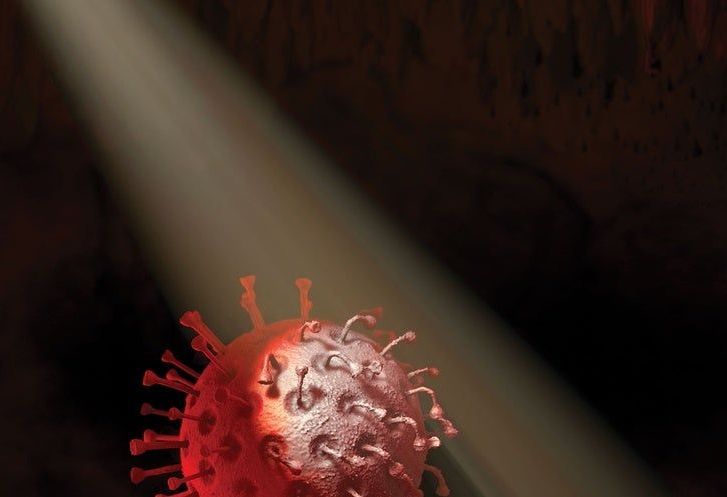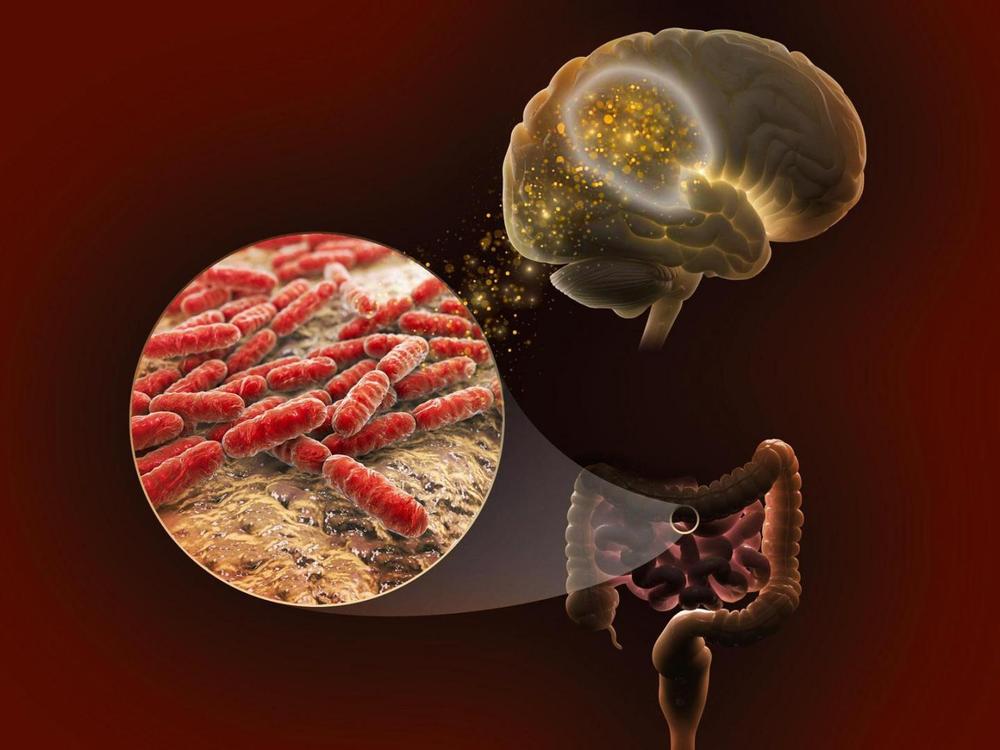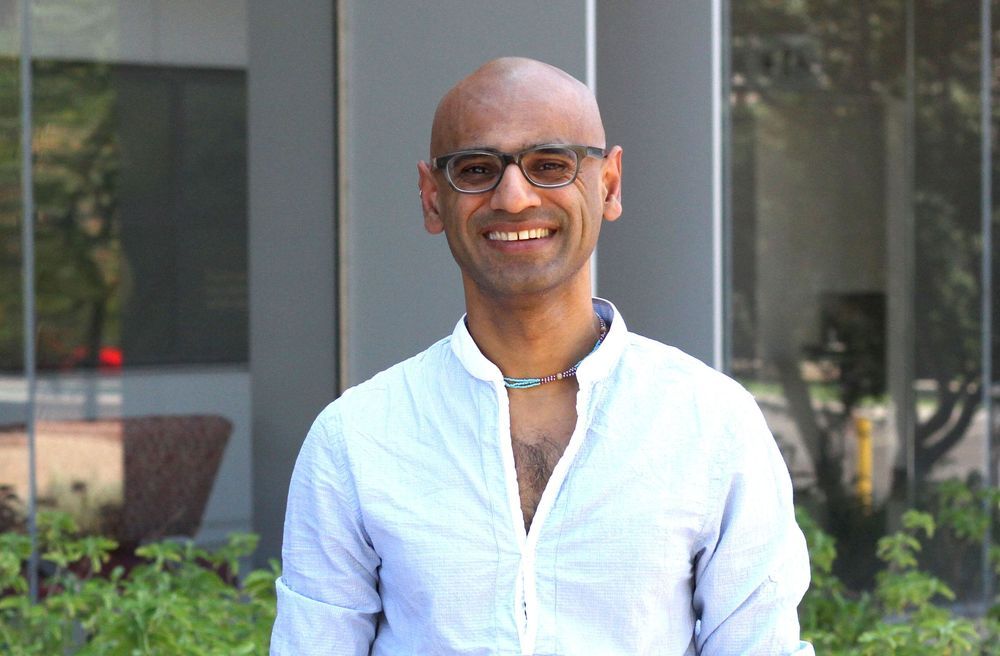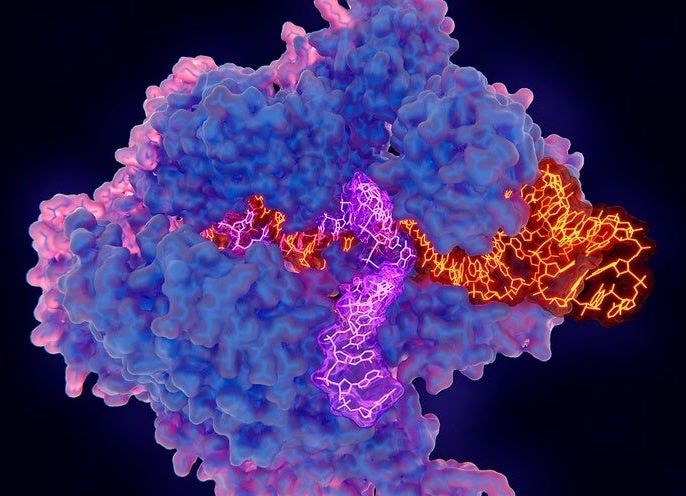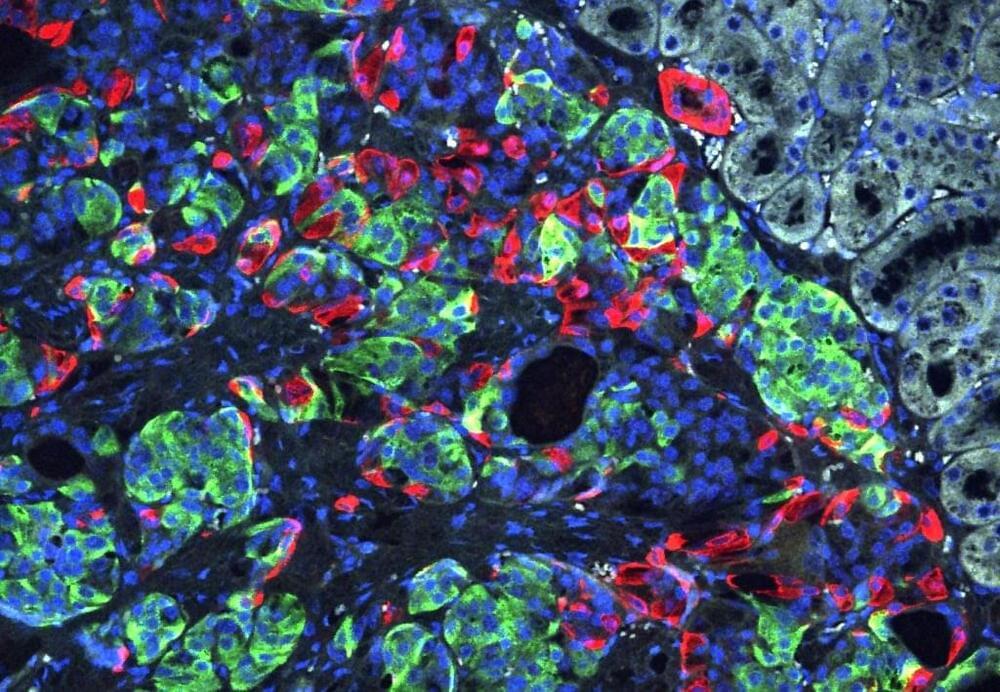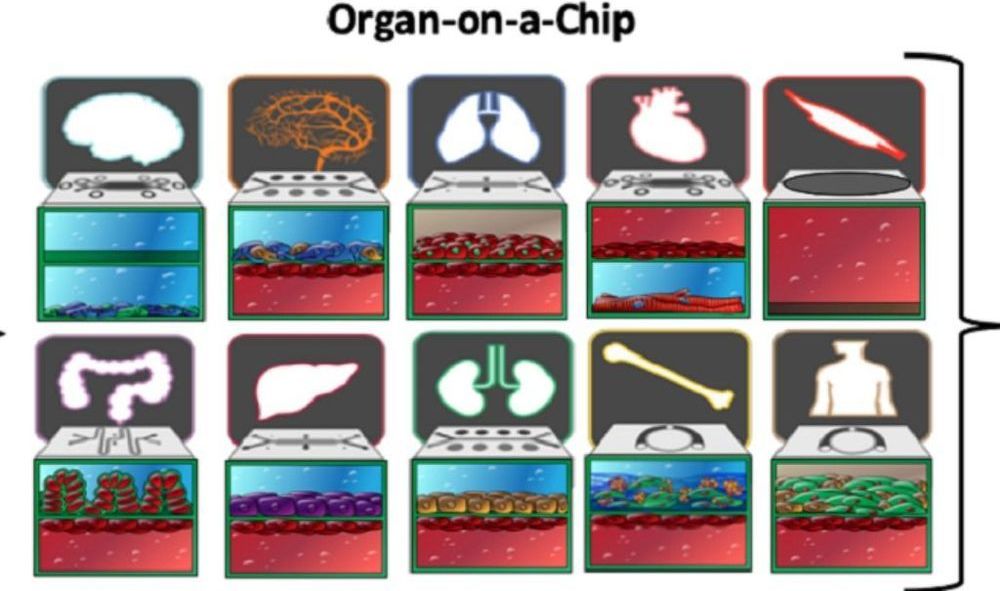Archive for the ‘bioengineering’ category: Page 113
May 1, 2020
New molecular insights into how gut bacteria influences memory
Posted by Genevieve Klien in categories: bioengineering, biotech/medical, genetics
New research from an international team of scientists has tracked a compelling series of connections between the gut microbiome and memory. Using a novel mouse model engineered to simulate the genetic diversity of a human population, the study illustrates how genetics can influence memory via bacterial metabolites produced in the gut.
Over the past few years there has been significant research interest in the relationship between memory, cognition and the gut microbiome. While certain families of bacteria that live in our gut have been implicated in memory function, this new study set out to investigate the connection from a different angle, starting with the role genetics play in this relationship.
“To know if a microbial molecule influenced memory, we needed to understand the interaction between genetics and the microbiome,” explains co-corresponding author on the study, Antoine Snijders.
Apr 29, 2020
Stanford University lab repurposes scuba gear into reusable PPE
Posted by Omuterema Akhahenda in categories: bioengineering, biotech/medical
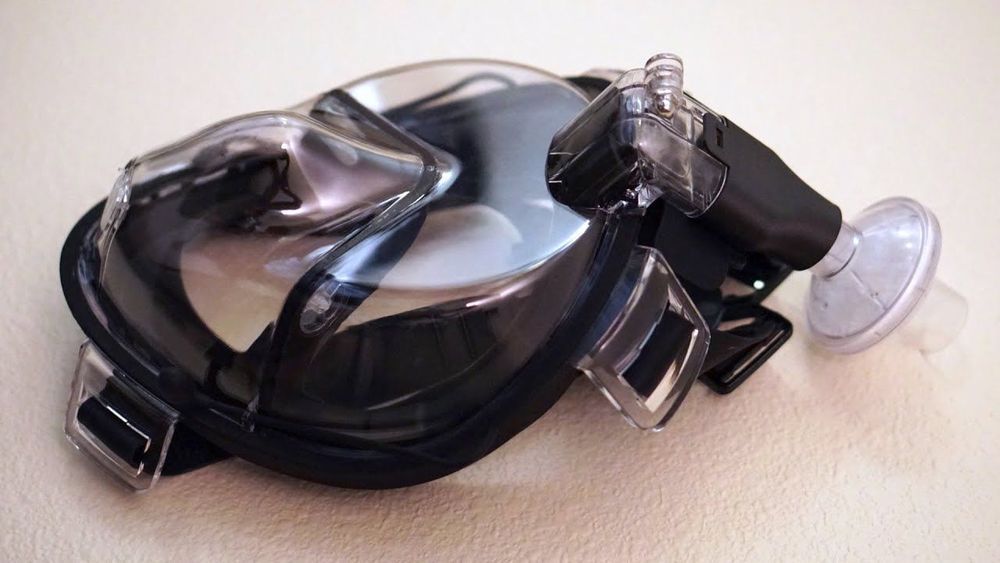
Bioengineering professor Manu Prakash runs a lab at Stanford University that uses low-cost materials to create effective scientific devices. He returned from a recent vacation with some scuba gear — as well as a cold. While he tested negative for COVID-19, he stayed cautious and self-quarantined for two weeks. During that time, he reworked his snorkel mask into a reusable face shield for healthcare providers by combining it with a medical-grade filter. Dubbed the Pneumask, Prakash and his team tested the device and sent their findings to the FDA, which cleared it as a face shield or surgical mask, but not as a respirator. According to The Washington Post, this decision was made so that the masks could go out to healthcare workers immediately, as clearing the device as a respirator would require more time.
Manu Prakash and his team at Stanford University have turned a standard scuba mask into a reusable medical face mask.
Apr 28, 2020
Making sense of the viral multiverse
Posted by Quinn Sena in categories: bioengineering, biotech/medical, health
In November of 2019—likely, even earlier—a tiny entity measuring just a few hundred billionths of a meter in diameter began to tear apart human society on a global scale. Within a few months, the relentless voyager known as SARS-CoV-2 had made its way to every populated corner of the earth, leaving scientists and health authorities with too many questions and few answers.
Today, researchers are scrambling to understand where and how the novel coronavirus arose, what features account for the puzzling constellation of symptoms it can cause and how the wildfire of transmission may be brought under control. An important part of this quest will involve efforts to properly classify this emergent human pathogen and to understand how it relates to other viruses we may know more about.
In a consensus statement, Arvind Varsani, a molecular virologist with ASU’s Biodesign Center for Fundamental and Applied Microbiomics and a host of international collaborators propose a new classification system, capable of situating coronaviruses like SARS-CoV-2 within the enormous web of viruses across the planet, known as the virosphere.
Apr 27, 2020
Why synthetic biology is about much more than resurrecting woolly mammoths
Posted by Lola Heavey in categories: bioengineering, biotech/medical, genetics

Synthetic biology has been described as a kind of “genetic engineering on steroids”.
Synthetic biology …Simply mentioning this term — whether at a cocktail party or on a pop culture TV show — evokes a plethora of responses. These could range from puzzled looks to questions about the somewhat famous, though likely quixotic, quest to resurrect a woolly mammoth from remnants recovered in Siberia. Also, on the radar screen is synthetic biology as applied to the development of drugs and biological weapons. But flying below the radar — and, oddly, the sweet spot for investments by governments and private industry — is a less sexy focus on the industrial uses of synthetic biology. Such uses range from environmental clean-ups to new energy sources.
Continue reading “Why synthetic biology is about much more than resurrecting woolly mammoths” »
Apr 25, 2020
CRISPR Gene Editing May Help Scale Up Coronavirus Testing
Posted by Quinn Sena in categories: bioengineering, biotech/medical
An inexpensive assay based on the technique can provide yes or no answers in under an hour—perhaps even in the home soon.
Apr 23, 2020
Reversing diabetes with CRISPR and patient-derived stem cells
Posted by Quinn Sena in categories: bioengineering, biotech/medical, genetics
Now, scientists at Washington University in St. Louis have developed a way to use gene editing system CRISPR-Cas9 to edit a mutation in human-induced pluripotent stem cells (iPSCs) and then turn them into beta cells. When transplanted into mice, the cells reversed preexisting diabetes in a lasting way, according to results published in the journal Science Translational Medicine.
While the researchers used cells from patients with Wolfram syndrome—a rare childhood diabetes caused by mutations in the WFS1 gene—they argue that the combination of a gene therapy with stem cells could potentially treat other forms of diabetes as well.
Virtual Event
Apr 23, 2020
Micro-device to detect bacteria, viruses
Posted by Fyodor Rouge in categories: bioengineering, biotech/medical, nanotechnology
Engineering researchers developed a next-generation miniature lab device that uses magnetic nano-beads to isolate minute bacterial particles that cause diseases. Using this new technology improves how clinicians isolate drug-resistant strains of bacterial infections and difficult-to-detect micro-particles such as those making up Ebola and coronaviruses.
Ke Du and Blanca Lapizco-Encinas, both faculty-researchers in Rochester Institute of Technology’s Kate Gleason College of Engineering, worked with an international team to collaborate on the design of the new system — a microfluidic device, essentially a lab-on-a-chip.
Drug-resistant bacterial infections are causing hundreds of thousands of deaths around the world every year, and this number is continuously increasing. Based on a report from the United Nations, the deaths caused by antibiotics resistance could reach to 10 million annually by 2050, Du explained.
Apr 18, 2020
How Data Is Critical to Engineering Antibodies to Block COVID-19
Posted by Nicholi Avery in categories: bioengineering, biotech/medical
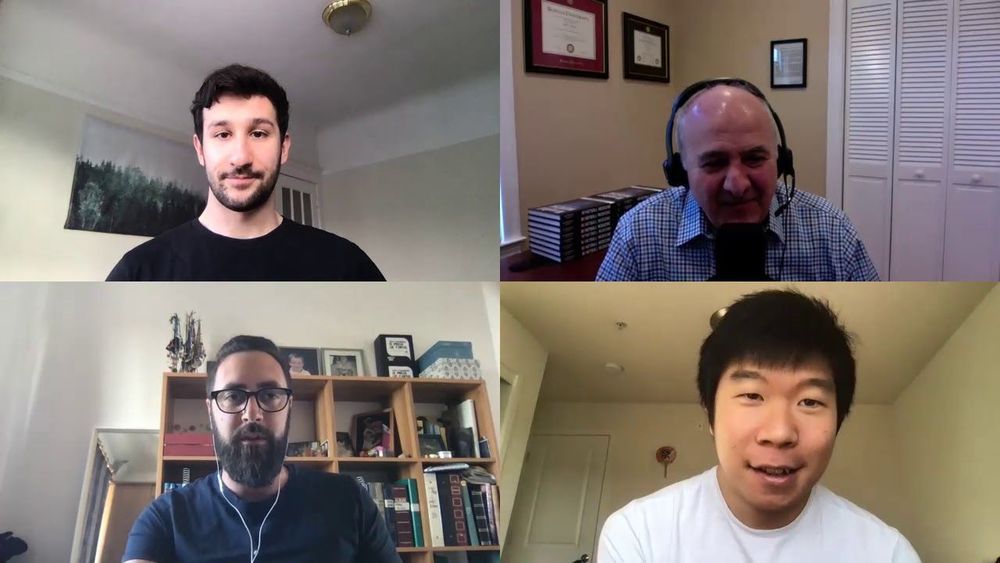
Shahrad Daraeikia, Jack Wang, and Dr. Jean-Philippe Buerckert sit down together with Harry Glorikian at MoneyBall Medicine to talk about our ultra rapid antibody discovery race to a cure for COVID19.
Episode Summary
Continue reading “How Data Is Critical to Engineering Antibodies to Block COVID-19” »
Apr 18, 2020
Israel, US researchers create ‘mini Human-on-a-Chip’ to speed up drug testing
Posted by Quinn Sena in categories: bioengineering, biotech/medical, computing, neuroscience
Two new studies by researchers in Tel Aviv University and Harvard University on the subject were published in the journal Nature Biomedical Engineering on Monday.
Organs-on-a-chip were first developed in 2010 at Harvard University. Then, scientists took cells from a specific human organ — heart, brain, kidney and lung — and used tissue engineering techniques to put them in a plastic cartridge, or the so called chip. Despite the use of the term chip, which often refers to microchips, no computer parts are involved here.
Get The Start-Up Israel’s Daily Start-Up by email and never miss our top stories Free Sign Up.
